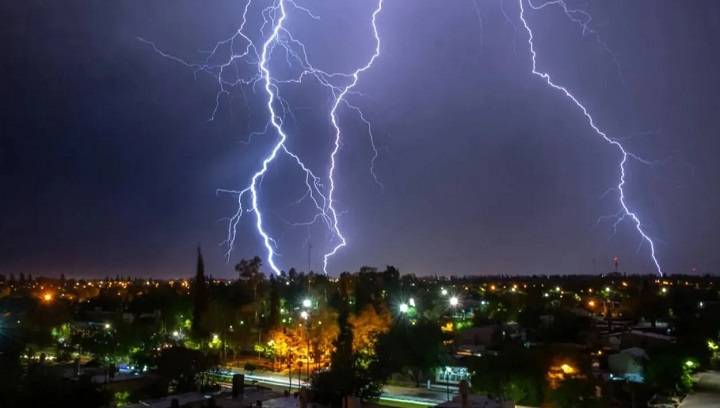Amenaza de Tormenta Eléctrica Intensa Threats How to Stay Safe
Intense electric storms, or “amenaza de tormenta eléctrica intensa” in Spanish, pose significant risks to both property and life. These storms are characterized by powerful lightning strikes, strong winds, and heavy rainfall, often resulting in property damage, power outages, and even fatalities. Understanding the dynamics of these storms and knowing how to prepare for them is crucial for minimizing their impact and staying safe. In this article, we delve into the nature of intense electric storms, their potential hazards, and practical safety measures to mitigate their risks.
What Constitutes an Intense Electric Storm?
Intense electric storms, also known as severe thunderstorms, are characterized by several key features. These include:
Heavy Lightning Activity: amenaza de tormenta eléctrica intensa storms are often accompanied by frequent and powerful lightning strikes, posing a significant risk of electrocution and fires.
Strong Winds: Gusts of wind exceeding 50 miles per hour (80 kilometers per hour) are common in severe thunderstorms, capable of causing structural damage to buildings and uprooting trees.
Heavy Rainfall: These storms can unleash torrents of rain, leading to flash flooding, road closures, and water damage to properties.
Hail: Large hailstones, sometimes exceeding the size of golf balls, can pelt down during intense electric storms, causing damage to vehicles, crops, and roofs.
Also read: The Mysteries of Sugarom A Comprehensive Guide
Potential Hazards of Intense Electric Storms
The amenaza de tormenta eléctrica intensa poses several hazards that individuals and communities must be aware of:
Electrocution:
Lightning strikes can result in electrocution, leading to serious injury or death. It’s crucial to seek shelter indoors or in a sturdy structure when thunderstorms are imminent.
Structural Damage:
Strong winds associated with intense electric storms can cause roofs to be torn off, windows to shatter, and trees to topple over, posing a threat to life and property.
Flash Flooding:
Heavy rainfall can lead to flash flooding, especially in urban areas with inadequate drainage systems. Avoid driving or walking through flooded streets, as even shallow water can pose a drowning risk.
Fire Risk:
Lightning strikes can ignite fires in buildings, forests, or grasslands, exacerbating the damage caused by the storm.
Safety Measures During Intense Electric Storms:
To stay safe during intense electric storms, consider the following precautions:
Stay Informed:
Keep abreast of weather forecasts and warnings issued by local authorities. Have a reliable weather alert system in place to receive timely notifications about approaching storms.
Seek Shelter:
When thunder roars, go indoors. Seek shelter in a sturdy building, away from windows, doors, and electrical appliances. If indoors isn’t an option, crouch low to the ground, minimizing your contact with the earth.
Avoid Water:
Refrain from using sinks, showers, or bathtubs during a thunderstorm, as water is an excellent conductor of electricity. Also, avoid swimming or boating until the storm has passed.
Stay Away from Electronics:
Unplug electronic devices and avoid using corded telephones, as lightning strikes can cause power surges that damage electrical equipment and pose a risk of electrocution.
FAQs:
Q1: What should I do if I’m caught outside during an intense electric storm?
A1: If you’re unable to reach a safe indoor shelter, avoid open fields, hilltops, and tall structures. Instead, seek refuge in a low-lying area away from trees and water bodies.
Q2: Can I take shelter under a tree during a thunderstorm?
A2: No, seeking shelter under a tree is extremely dangerous during a thunderstorm, as it increases the risk of being struck by lightning or hit by falling branches.
Conclusion:
Amenaza de tormenta eléctrica intensa storms pose significant threats to life and property, but by understanding their nature and taking appropriate safety measures, individuals can minimize their risks. From seeking shelter indoors to avoiding water and electronics, proactive steps can help mitigate the dangers posed by these formidable weather events. Stay informed, stay safe, and weather the storm with caution and preparedness.

